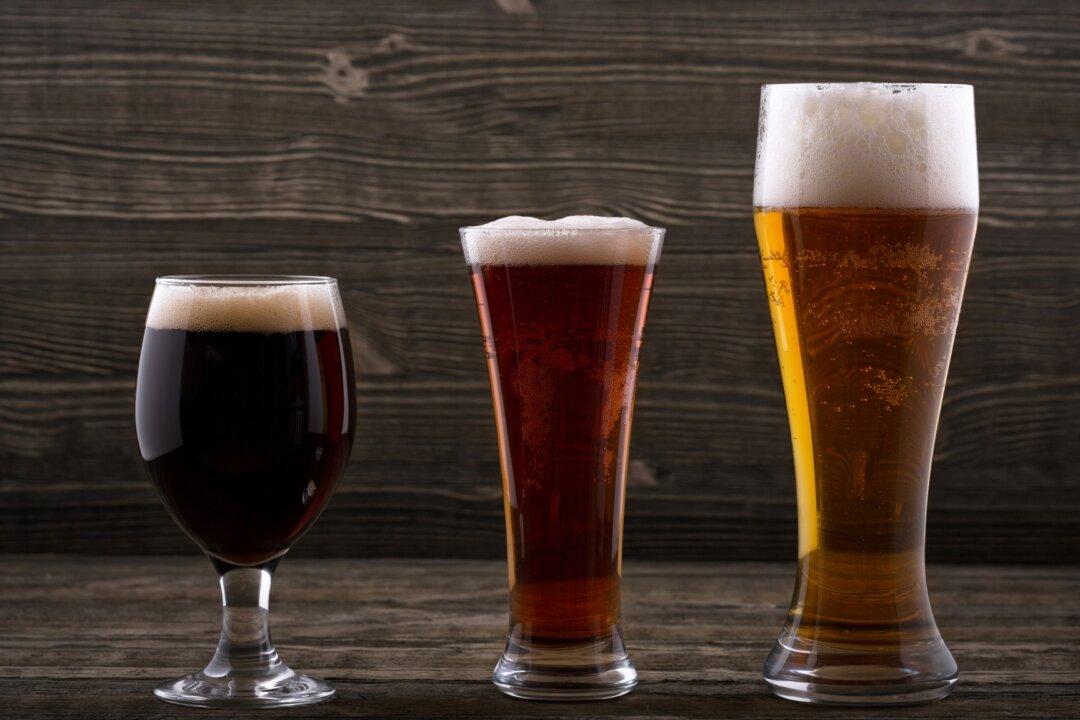It’s not just what you’re drinking, but how you’re drinking it.
Good beer, like good wine, should be served in the proper vessel. Any fine restaurant is going to pour red wine into a larger glass than they would a white wine. Why? Because reds are generally bigger and bolder, so they require a larger glass to allow all those aromas and flavors to emerge. No one is drinking pinot noir straight out of the bottle. Not at the restaurant anyway.





